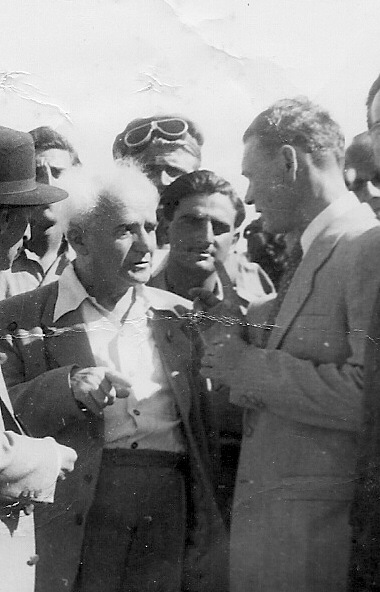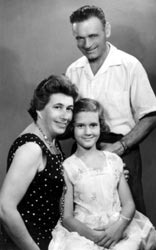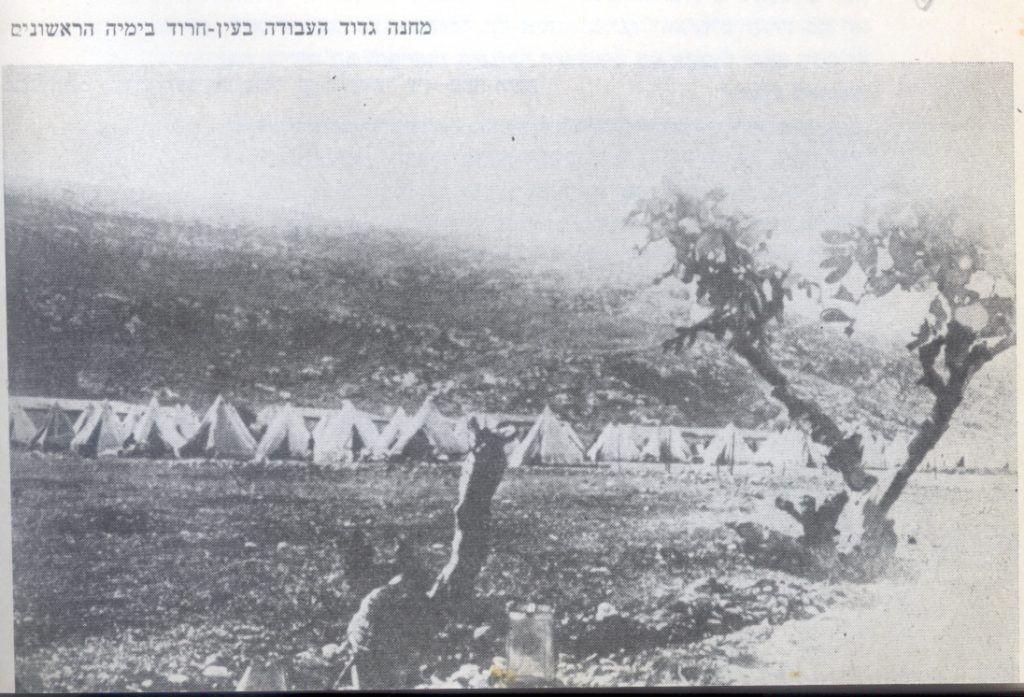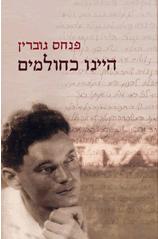Edited by: Michal Govrin
Introduction by: David Assaf
In Pinchas Govrin’s (1904 – 1985) memoir, We Were As Dreamers, the story of one family caught in the vast drama of Jewish life in Eastern Europe at the beginning of the twentieth century unfolds in a large fresco. The story follows several generations of the family from the shtetl in Ukraine to the Zionist pioneer days in the Palestine of the 1920’s.
In front of the reader’s eyes emerges a colorful and delicate picture of the small village of Shpikov and the town of Braslav, where Jews and Gentiles, Hassidim, beggars, merchants, intellectuals, revolutionaries, and Zionists all lived entangled together.

These are tumultuous years, without law or order: World War I, Revolution and pogroms that killed more than 100,000 Jews and radically transformed and uprooted the ‘world of yesterday’. The new world is boiling with modernity, with Bolshevik revolution and the Ukrainian struggle for independence. Millions of Jews leave Eastern Europe to immigrate to America. Four generations of one family who are deeply different in their beliefs and modes of life, yet are all united by a profound love for Zion, embark during the 20’s on an adventurous journey to the shores of the Holy Land. The older generation settles in the Hassidic neighborhoods of Jerusalem, while the youngsters join the pioneering Labor Battalion. In 1921, at the age of 17, young Pinchas joins the group of “barefoot dreamers”, who built the first kibbutzim and feverishly dried the swamps, singing through their malaria. Yet, deep and unusual links unite the generations of the family, as described in the book, and shed a new light on the formative years which led to the foundation of the State of Israel.
In his rich and vivid style, imbued with warm humor, Govrin creates a large and breathtaking panorama of events and numerous protagonists, as perceived by the sensitive child who grew up to be a pioneer with eyes wide open.

From the preface to the Hebrew edition by David Assaf (head of the History Department, Tel Aviv University):
Govrin’s memoir of his youth joins the loaded shelf of memoirs portraying Jewish life in the shtetls and towns of Eastern Europe before the Holocaust. However, few memoirs are written in such a compelling manner, distinguishing – with humor and self-irony – between the important and trivial, what should be remembered and what might be forgotten, addressing all readers for whom the human story resonates. An enchanted and magical spirit dominates Govrin’s memories, which are not only full of beauty, but are also a unique historical and cultural document of one family and one Ukrainian village, on weekdays and holidays, in their joy and sorrow, and in their blossoming and decline.
Pinchas Govrin (1904-1985) was born in the village Shpikov in Ukraine. He studied in the Russian Gymnasium in Braslav, and received a Jewish Zionist education from his father, the educator, Mordechai Globman-Hayut. At the age of 17, he fled the Ukraine for Rumania and, in spite of his young age, joined the HeHalutz (The Pioneer) movement. In1921, he immigrated to Palestine among the socialists of the Third Aliyah and Labor Battalion, and was among the founders of the kibbutzim Tel-Yossef and Ein-Harod in the Valley of Jezreel. In 1928, he studied acting at the Workers Theater Studio, HaOhel, and continued his studies in philosophy at the Workers’ Seminar in Jerusalem.

Govrin had a significant career of public service in the burgeoning Jewish state. He served as secretary to Itzhak Ben Zvi (who later became the second president of Israel) and to the state department of the Histadrut (the precursor to Israel’s government). He directed the Workers’ Seminar and founded educational initiatives for the Working Youth movement. During the riots in 1929 and 1936, he served as a commander in the Haganah, a precursor to the IDF. When the Jewish harbor of Tel Aviv was constructed in 1937, he served as its first commercial manager, and during the 1948 war, he founded the national military mobilization center. After the foundation of the State of Israel, he served as manager of land transportation at the Ministry of Transportation. During the years of mass immigration, he was among the directors of the national construction company, responsible for the settling of millions of immigrants in new towns. Finally, between 1960 and 1965, he founded and managed a private construction company. Govrin was married twice and had two sons by his first wife. He re-married in 1949 and had one daughter with Rina Poser-Laub, a holocaust survivor.
During the last twenty years of his life, Pinchas Govrin dedicated himself entirely to writing. His book, A Call to Arms 1948, (1974) describes his role in creating the military draft. He continued working on his memoir, We Were as Dreamers, until his very last days.
Even the unpublished manuscript of We Were as Dreamers had a powerful impact on the unfolding of family history. It was the catalyst in renewing the lost link with the descendants of Pinchas’ oldest sister, who had remained in the USSR for more than 60 years after the rest of the family had immigrated to Palestine in the 1920’s. This brought, among other outcomes, the construction by his nephew, who immigrated to Israel, of a Cosmic Rays Observatory on Mount Hermon. Michal Govrin, who arranged and published in Hebrew her father’s We Were as Dreamers after his death, engaged in a posthumous conversation with him in her novel, Snapshots (2007) [in French Sur le vif (2008)].


